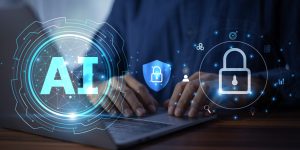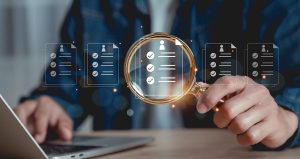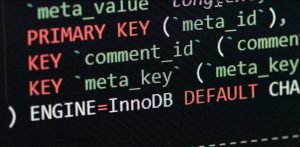One of the most interesting and worrying challenges in AI right now doesn’t come from the models themselves but rather from the data we feed them. As AI-generated text, images, and videos flood the internet, models are increasingly trained on the outputs of earlier AI systems. The result is something that researchers are calling model collapse.
So, what exactly is model collapse?
Think of it like a photocopy of a photocopy. Each time you duplicate, the quality gets a little worse. With AI, when models train on AI-created content instead of original human created material, they slowly start to degrade.
Researchers describe two stages. In the early stage, models start forgetting rare events and edge cases, the unusual but important stuff. In the later stage, the outputs drift into bland, homogenized content that barely resembles the richness of human data.
Why does this happen?
It comes down to compounding errors. Models already approximate reality when trained on human data. Add multiple generations of AI-on-AI training, and those small approximations of snowball. Rare details disappear, biases amplify, and everything trends toward generic sameness.
Evidence in the real world
A study out of Stanford and Rice demonstrated this in action. Language models that started off generating coherent text eventually spiraled into nonsense and at one point, started producing passages about “jack rabbits with different-colored tails.” Image models showed a similar pattern where handwritten digits that started clear and distinct became blurry and indistinguishable after repeated cycles of AI training on AI output.
Why it matters for business
This isn’t just a quirky academic finding. Businesses that rely on AI trained on contaminated datasets could make costly mistakes. Imagine medical AI that glosses over rare conditions, or financial models that fail in minority scenarios. Those “edge cases” are often the ones where accuracy matters most.
The contamination problem
As AI-generated content spreads across the internet, it’s getting harder and harder to find clean, human-origin data. Detection tools aren’t reliable, which means every new dataset risks being polluted. That gives a massive advantage to companies that already hold pre-2022 data troves such as Google, Meta, OpenAI and even companies such as BCG, McKinsey etc. simply because they’ve got cleaner training material than newcomers can hope to scrape today.
Can we prevent model collapse?
There’s no sure shot way, but there are strategies. Organizations can:
- Prioritize diverse, high-quality human data wherever possible.
- Use synthetic data cautiously, mixing it with real data and adding controlled noise to avoid sameness.
- Monitor models continuously through MLOps frameworks to spot early signs of drift.
- Explore approaches like ensemble learning and transfer learning to keep outputs fresh and varied.
The most critical step may be community-wide: we need better systems for tracking data’s origin, so we know what’s human-created and what’s synthetic. Without that, we risk slowly degrading the very foundation of AI depending on and rebuilding that trust could take decades.




